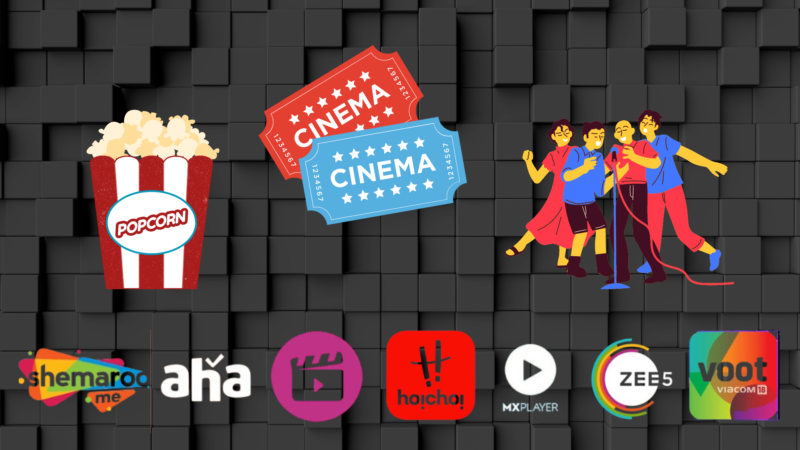The film industry is evolving fast. Direct-to-OTT releases are leading this change. OTT platforms now dominate how audiences consume movies. They challenge the traditional theater model that ruled for decades.
What Makes Direct-to-OTT Releases Popular?
Direct-to-OTT releases are growing for many reasons:
- Global Reach
OTT platforms break boundaries. A film released online can reach viewers in multiple countries instantly. This allows regional films to gain global recognition. Films that target niche audiences perform better on streaming platforms than in theaters. - Convenience for Viewers
Watching movies at home is easier than visiting a theater. OTT platforms let viewers watch content on their schedule. This flexibility makes OTT a favorite among modern audiences. - Cost-Effective for Filmmakers
Direct-to-OTT releases cost less. Filmmakers save on production, distribution, and marketing expenses. OTT platforms handle much of the marketing using their subscriber base. - Targeted Marketing
OTT platforms use viewer data to run personalized campaigns. This ensures content reaches the right audience. This is why indie films thrive on OTT platforms compared to theaters.
How OTT Platforms Impact the Film Industry
Direct-to-OTT releases bring big changes to filmmaking:
- New Revenue Models
Filmmakers don’t rely solely on box office collections. OTT deals provide upfront licensing fees or revenue-sharing options. These models reduce financial risks for producers. - Opportunities for Emerging Talent
Filmmakers no longer need big budgets or studio backing. OTT platforms help new creators showcase their work globally. Films like Article: What Regional Films Can Teach Bollywood highlight how local content reaches global viewers. - Creative Freedom
Theaters demand movies that appeal to everyone. OTT platforms allow niche, experimental, and genre-specific content. Creators can explore bold ideas without fear of commercial failure. - Mini-Series and Episodic Formats
OTT platforms support unique formats like mini-series and episodic films. Stories too detailed for a movie work well in this space.
Challenges Facing Direct-to-OTT Releases
Despite many benefits, direct-to-OTT releases face hurdles:
- Unclear Revenue Metrics
Box office collections are easy to measure. OTT success relies on viewership data, which platforms rarely share fully. - Too Much Content
OTT platforms release thousands of movies and shows yearly. Films risk getting lost without strong marketing. - Impact on Theaters
Small-budget films struggle to survive in theaters due to competition with OTT platforms. The theater industry is under pressure to adapt.
Hybrid Film Distribution: The Best of Both Worlds
Big-budget films will still thrive in theaters. Movies like Jawan and Pathaan prove that theatrical releases still draw crowds. At the same time, hybrid releases combine the benefits of both formats.
Filmmakers release movies in theaters for a few weeks before streaming them on OTT platforms. This method maximizes reach and revenue.
The Future of Film Distribution
Direct-to-OTT releases will dominate in the future. Theaters will stay relevant for major releases, but their dominance will shrink. The success of hybrid distribution will ensure films cater to both audiences.
This change also means a rise in digital storytelling formats. Read Article: How Digital Tools Are Changing Bollywood to explore how Bollywood is adapting.
External Resources
- Impact of OTT on Filmmaking – Learn how OTT is reshaping film production globally.
- Netflix and Global Streaming Trends – Get data on streaming audiences worldwide.
- The Future of Film Distribution – Insights into hybrid release models.
The rise of direct-to-OTT releases is reshaping cinema. These platforms offer creators flexibility and audiences convenience. As this trend grows, the film industry will continue to innovate and evolve. For more updates on such trends, visit FilmsnMinds.








